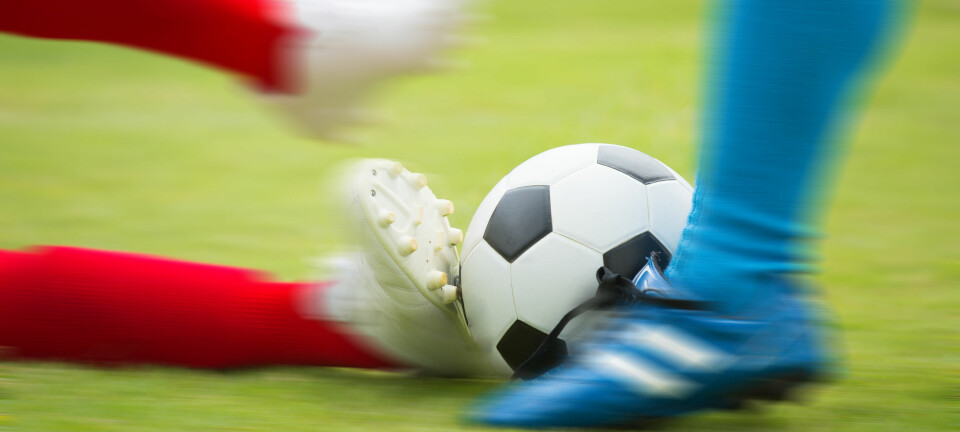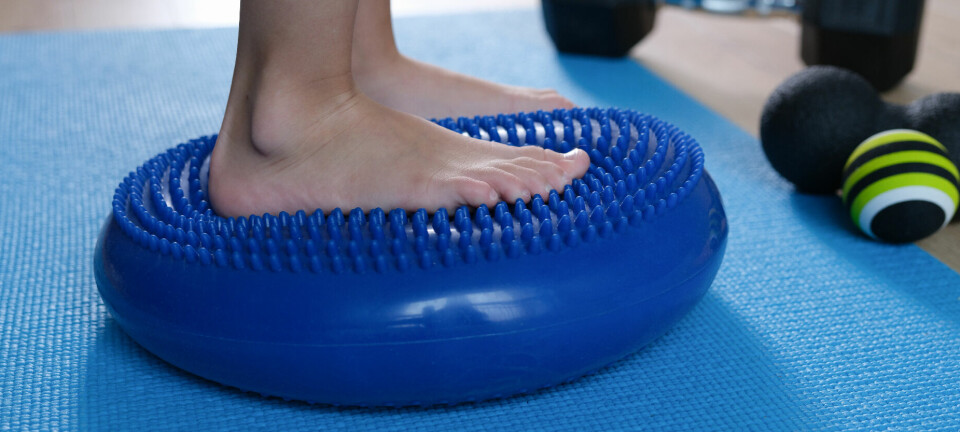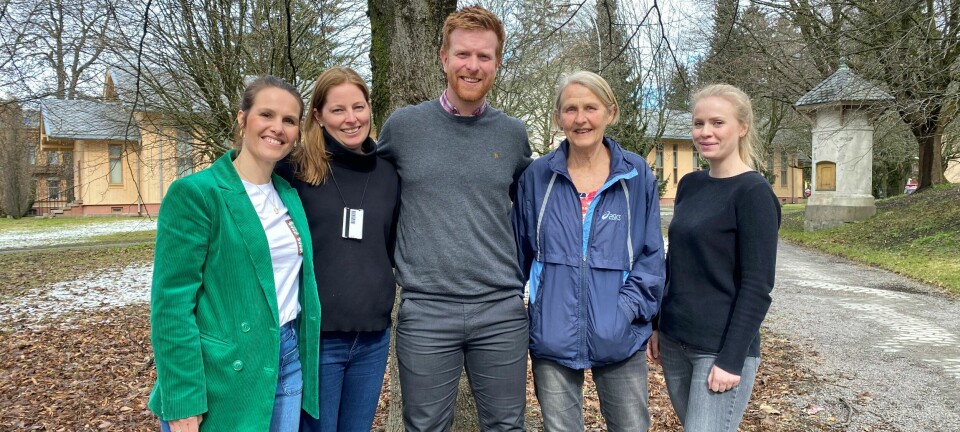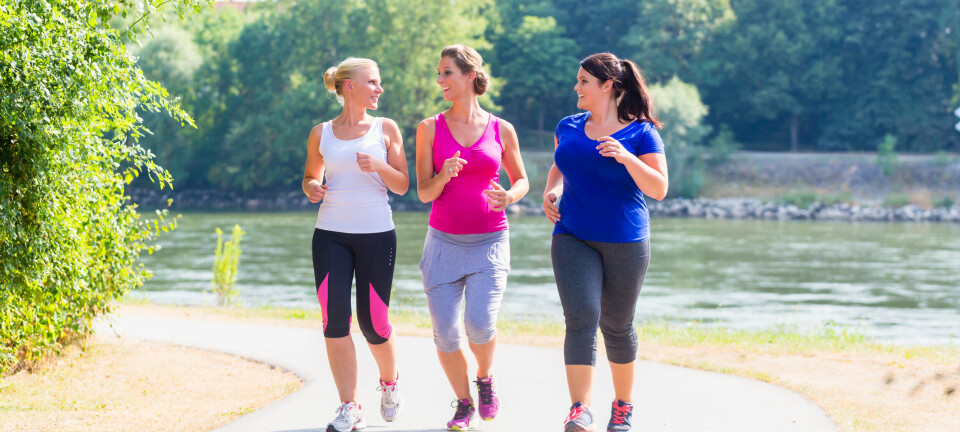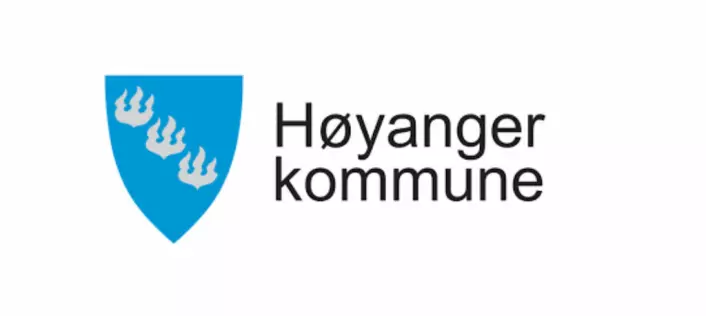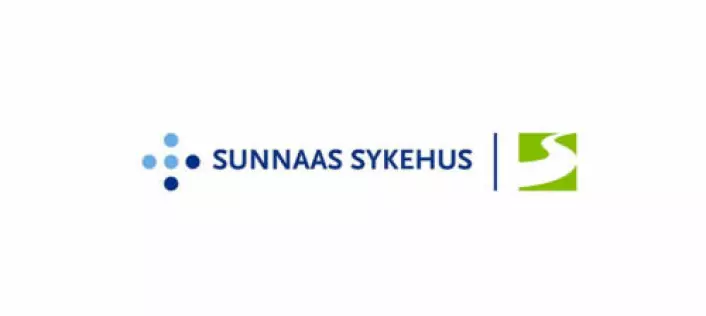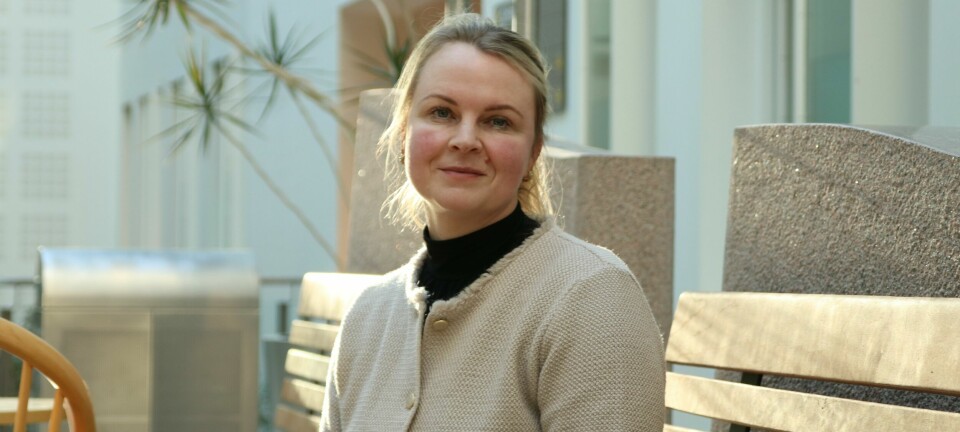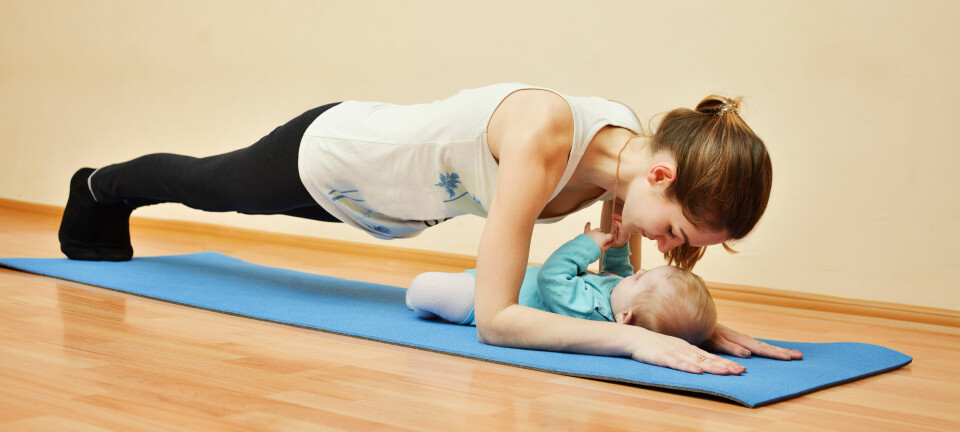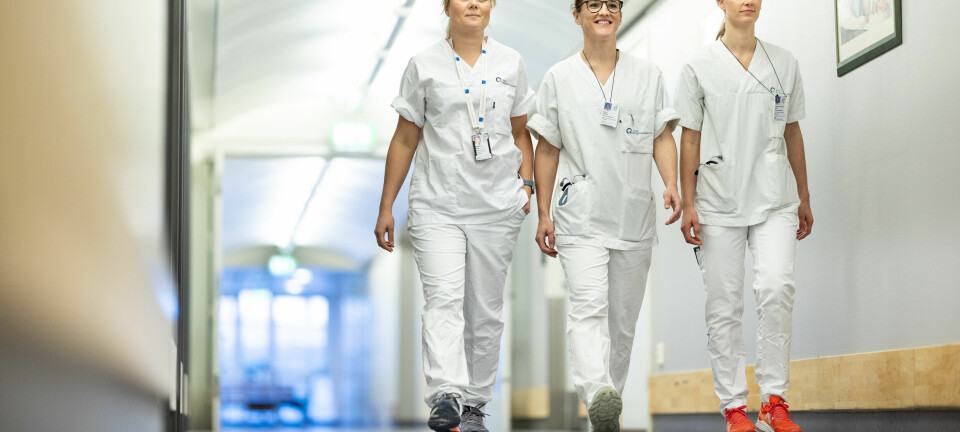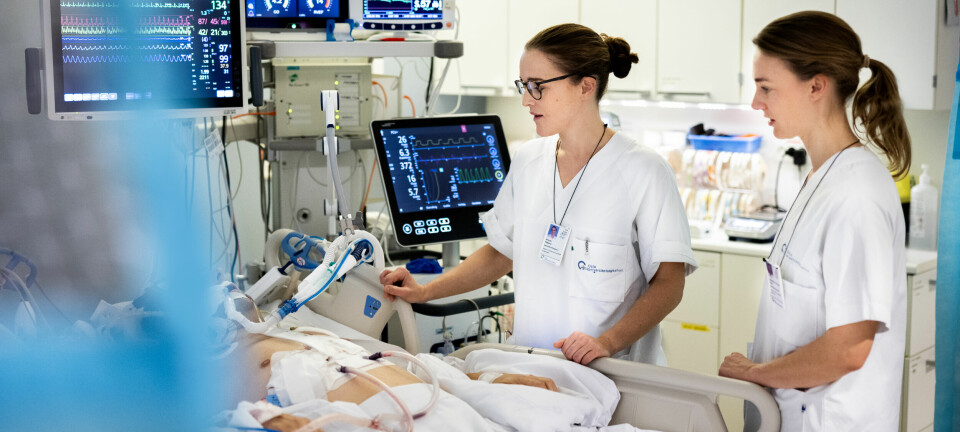Multi-modal realignment treatment decreases pain in people with medial tibiofemoral osteoarthritis
Blikk på forskning i Fysioterapeuten 6/2013
Blikk på forskning utarbeides i samarbeid med Journal of Physiotherapy (Australia), som trykker forskningspresentasjonene under betegnelsen Critically appraised Papers, CAPs.
Synopsis
Summary of: Hunter D et al (2012) Realignment treatment for medial tibiofemoral osteoarthritis: randomised trial. Ann Rheum Dis 71: 1658–1665. [Prepared by Kåre B Hagen and Margreth Grotle, CAP Editors.]
Question: Does a multi-modal realignment treatment relieve pain and improve function among persons with medial tibiofemoral osteoarthritis (OA)?
Design: A doubleblind (participant and assessor) 30 week randomized crossover trial.
Setting: Participants were recruited from rheumatology and orthopaedic hospital departments and from persons already recruited for other clinical trials, using various forms of advertising in local public media in New England, USA.
Participants: Ambulatory persons fulfilling American College of Rheumatology criteria for knee OA, with radiographically confirmed osteophytes and pain, aching or stiffness on most of the past 30 days, and radiographic evidence of disease in the medial tibiofemoral compartment were included. Key exclusion criteria included predominant lateral tibiofemoral or patellofemoral involvement, low WOMAC Pain scores (a minimal score of at least 2 out of 5 on at least 2 of the 5 questions was required for participation), use of ambulation aids and known causes of inflammatory arthritis.
Interventions: Active treatment included a valgus knee brace and customised neutral foot orthoses and motion control shoes, while control treatment was a neutral knee brace that does not have any varus/valgus angulation and a flat unsupportive foot orthosis and shoes with a flexible mid-sole. A run-in design was used in order to maximise the likelihood of recruiting subjects who would remain in the trial. Participants were randomised to receive either active treatment or control treatment for 12weeks. Following a 6-week washout period, the alternative treatment was assigned for the final 12 weeks.
Outcome measures: Primary outcomes were the WOMAC Pain (0–20) and Function (0–68) subscales. Results: 80 participants were randomised and 56 completed the study. The active realignment intervention had effect on pain with a −1.82 unit decrease (95% CI −3.05 to −0.60), and a non-significant effect on function [2.90 unit decrease (95% CI −6.60 to 0.79)] compared with the control condition.
Conclusion: Multi-modal realignment treatment can decrease pain in persons with medial tibiofemoral OA.
Commentary
Biomechanical factors such as alignment and changes in joint loading have shown to be significant for onset and structural changes of knee osteoarthritis. Treatment for knee osteoarthritis including medial wedge insoles for knee valgus and subtalar strapped lateral insoles for knee varus have been recommended in recently updated guidelines (Hochberg et al 2012). This study aimed to investigate the efficacy of multiple orthotic modalities, including valgus knee braces, customised neutral foot orthoses, and shoes designed for optimising motor control, in order to unload the overloaded and painful knee compartment. The intervention period included 12 weeks of treatment intervention, 6 weeks of wash-out, and 12 weeks of control intervention for two groups. As the study design employed a crossover design, both groups received both the treatment and control interventions. The control intervention included neutral knee braces, unsupportive foot orthoses, and shoes with a mid-sole. The results showed a statistically significant decrease in pain of 20 percent for the active treatment compared to the control intervention, suggesting a clinically important difference in knee pain. This double-blinded randomised crossover trial was well conducted, even though the study did not involve a control group without any interventions making it hard to state the possible placebo effect. Furthermore, a high drop-out rate was reported (30 percent), but the study was adequately powered to detect a clinically relevant difference in knee pain. To be able to demonstrate the efficacy of multiple orthotic modalities, adherence to treatment is important. This study emphasised adherence to intervention by giving educational messages, assessed adherence by calling the patients every week, and asked the included patients to diary record their daily use of orthoses. The participants wore the orthoses on average more than three hours a day, however, the doseresponse for orthoses was not appropriately documented. The study participants were predominantly those with medial knee osteoarthritis, without severe co-morbidities, and obese individuals with high average body mass index (> 32.8). Even though the present study showed a significant and clinical reduction in knee pain for obese individuals treated with multiple orthotic modalities, both weight loss and exercises should be the first choice treatment for these individuals. However, recommendations involving use of multiple orthotic modalities more than three hours a day seem to be an effective additional treatment option for obese patients aged over 60 years with medial compartment knee osteoarthritis.
Britt Elin Øiestad
Norwegian Research Center for Active Rehabilitation, Oslo University Hospital, Norway
Reference
Hochberg MC et al (2012) Arthritis Care Res 64: 455–474.
